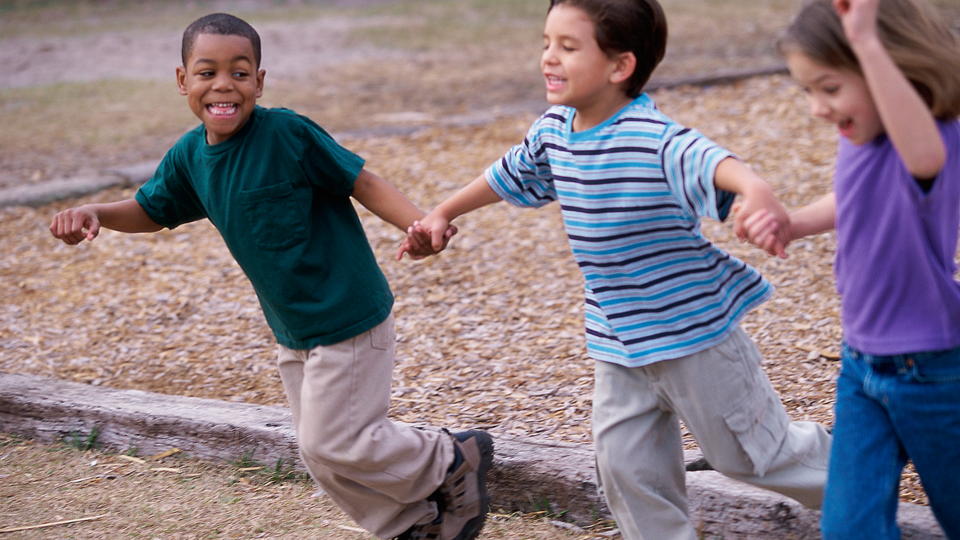Raising socially aware children

Cultivate a sense of openness and respect for diversity in your child with these expert tips.
Many parents recognize that their children often see themselves as the center of the universe. But children also exhibit an incredible ability to wonder and to relate. Even infants show an innate capacity to attune themselves to the feelings of other infants. Children appear to be naturally inclined to empathize with peers who are hurt or bullied. By and large, children are as aware of their social surroundings as they are egocentric.
Whereas adults have access to the media to learn about the world, a child’s understanding of the social world tends to be confined to his family, playmates and classmates. It’s up to parents and teachers to help children become aware of the similarities and differences across cultures and among people with varying levels of abilities, backgrounds and family types. Social awareness helps young children understand how they fit into the world as they develop their values and attitudes about others.
Socio-dramatic play is a developmentally appropriate way to cultivate a sense of openness and respect for diversity starting at an early age. Traditional fairy tales are rich with details about other cultures and people, and your child may want to explore these identities through pretend play. Give children space to explore, act out and imagine these stories. Dress-up and role-play activities that relate to celebrations or traditions from different parts of the world can help foster a sense of appreciation for cultural differences and spark curiosity to learn more about other people.
Keep in mind that role-play is not a lecture in social studies, but rather an opportunity to freely imagine what it is like to take on another identity. Here are some fun tips to help your child develop social awareness:
- Hello’s and goodbye’s. Young children have a remarkable capacity for language acquisition and vocabulary. Talk with your child about how people can speak differently or use different words to say the same things. Start with the familiar—what are the different ways to say hello and goodbye in your family’s primary language? Then move on to explore these words in other languages. For early readers, make colorful cards with greeting words in different languages and post them around the house.
- An invitation to celebrate. Various holidays from world cultures are good starting points for learning about different people and places. Make it a family activity to read or learn about special events or celebrations that might be happening in another part of the world. Work together to create holiday art and dishes and invite friends and family to share in the celebration.
- Friendship wheel. Start with a small photo of your child in the center of a piece of paper. Then add photos of your child’s friends in a circle around the outside. Draw a line from your child’s photo to each friend in the wheel, writing down the similarities and differences between your child and each friend. Do the two children have the same hair color? Like the same toys? For older children, identify similarities and differences among the friends too.










